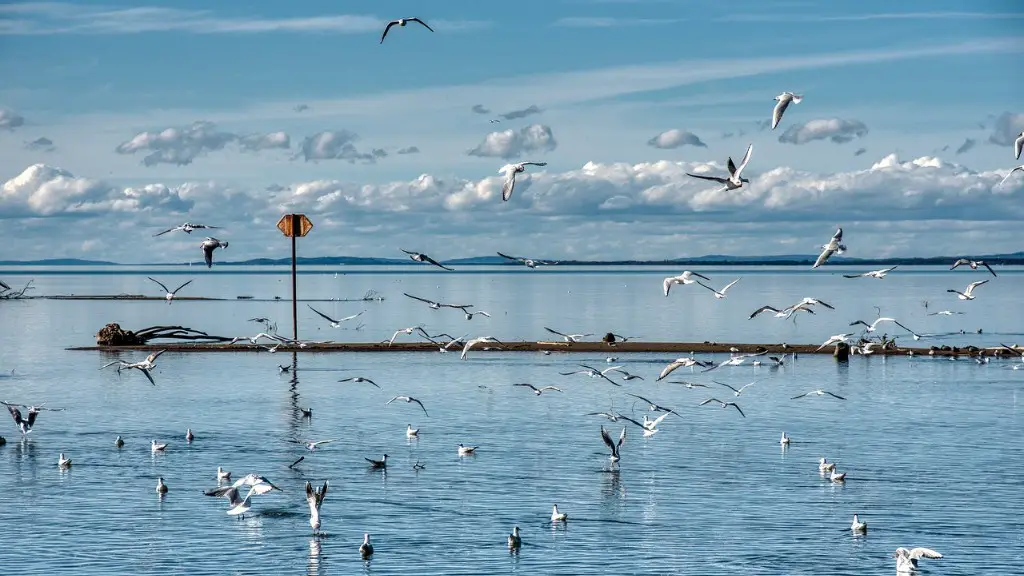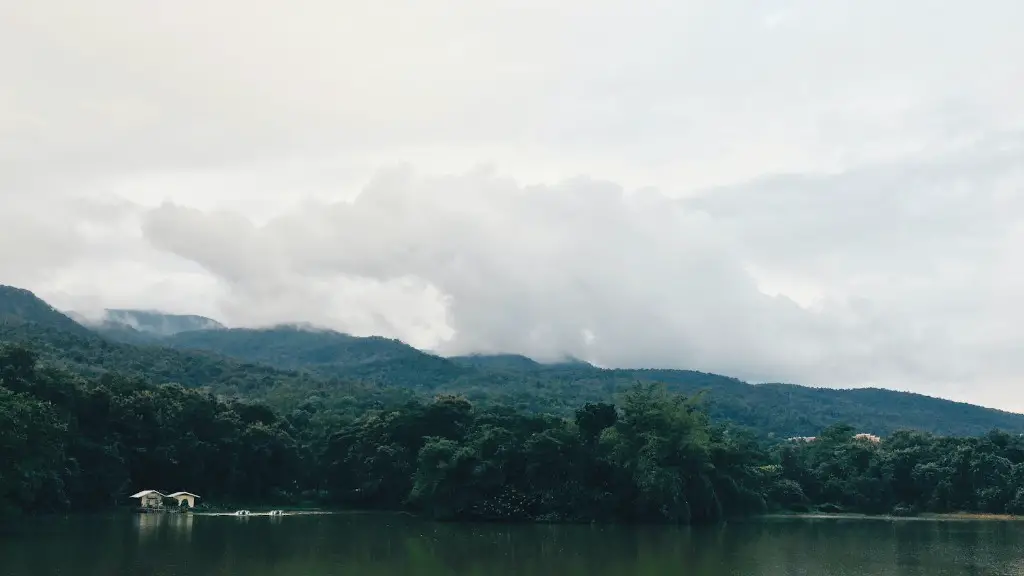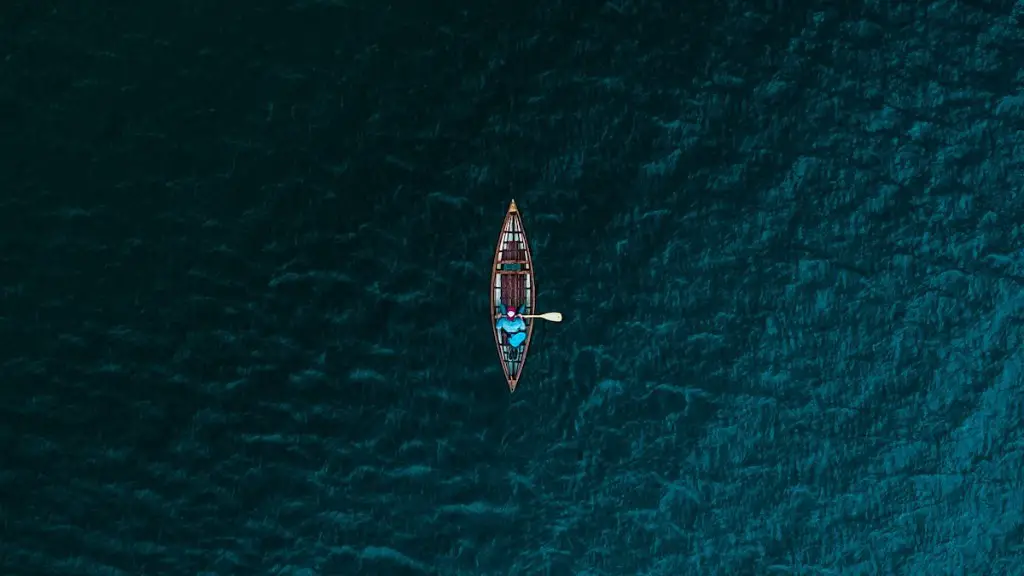Many aquarists and hobbyists enjoy mixing fresh water fish species, as it can make for an interesting and colourful display. Lake Malawi cichlids, specifically mbuna, and Lake Tanganyika cichlids, sometimes referred to as Tanganyikan cichlids, are two of the most popular and sought after African cichlid varieties for aquariums and tanks. But can you mix Lake Malawi and Lake Tanganyika cichlids?
Aquarists often ask whether or not you can mix Lake Malawi and Lake Tanganyika cichlids. Although it is technically possible to do so, it is not recommended. In the wild, there is a distinct barrier between the two species, meaning that Lake Malawi cichlids and Lake Tanganyika cichlids have evolved to survive in different environments with different conditions.
By mixing the two varieties in the same aquarium or tank, these differences can cause difficulties. As Lake Malawi cichlids are more aggressive, they can easily dominate the more timid Lake Tanganyika cichlids, making it difficult for them to survive. Additionally, Lake Tanganyika cichlids tend to live in a more alkaline environment than Lake Malawi cichlids and need different foods, meaning that they can struggle to survive in the same tank with Lake Malawi cichlids.
Unfortunately, it is easy to tell when these two species have been mixed as the differences in environment, acidity and food preferences can manifest themselves in the appearance of the fish. For example, Lake Malawi cichlids are often more brightly coloured, whereas Lake Tanganyika cichlids can become dull in comparison.
That said, not all aquarists are necessarily against mixing these species. Some argue that it can work if certain conditions are filled and suggest that caution should always be exercised when attempting to mix the two varieties. For example, one school of thought suggests that Lake Malawi cichlids should be purchased first, with the Lake Tanganyika cichlids introduced after the tank has been established.
Some also suggest that Lake Malawi cichlids should be overstocked in order to gain the advantage of the more aggressive behaviour. Furthermore, these aquarists suggest that Lake Tanganyika cichlids should be added in small numbers and with strictly adhered parameters, such as water temperature and hardness, which must be monitored constantly.
Despite this, however, most experts agree that it is generally not recommended to mix Lake Malawi and Lake Tanganyika cichlids. It is far safer to keep them separate, as the risks of mixing them can outweigh the rewards.
Breeding Separately
As Lake Malawi and Lake Tanganyika cichlids need different environments and food, it is essential that any attempts to breed them are undertaken separately. For example, Lake Malawi cichlids need water temperatures of 25 to 28 °C, whereas Lake Tanganyika cichlids prefer 18 to 23 °C. A pH level of around 8.2 is also best for Lake Malawi cichlids, while Lake Tanganyika cichlids require the mineral levels of their water to be between 8.5 and 9.5. It is important to ensure that these parameters are met if the aquarium is to be successful.
Additionally, the food given to each species must also be different, which means that by keeping the species separate it is easier to ensure both are getting the right nutrition. In terms of breeding, this also means that both species can thrive without competing for resources.
Ultimately, the best option for aquarists and hobbyists for those who are looking for an aquarium with plenty of variation and colour, is to keep Lake Malawi and Lake Tanganyika cichlids in different tanks or, better yet, one tank for each species. This way, the two types of cichlids can be kept under their ideal conditions and allowed to thrive.
Pros and Cons
Although keeping Lake Malawi and Lake Tanganyika cichlids separate and in different tanks can take up more space and requires more equipment, there are still some benefits associated with this approach.
The most obvious pro is that the fish can be kept in their preferred environment and with the correct food and pH levels. Additionally, this also makes it easier to manage any medical treatments the fish may need and to monitor the population. In aquariums where the two species have been mixed, the differences in water and food can limit the capacity to care for the fish.
What is more, if fish are kept separated it can also help to reduce stress, as the more timid cichlids won’t have to compete with the more aggressive ones. This also makes it easier to ensure that the fish have enough room and can swim freely without constantly being disturbed.
Research and Planning
Despite the more obvious pros, the decision to keep separate tanks should not be taken lightly. A great deal of research and planning should be devoted to this approach to ensure the fish’s safety and health. This includes looking into both types of cichlids and understanding the differences in their environment and dietary needs.
Additionally, careful consideration needs to be given to the size of the tanks which should be as large as possible, taking into account the space available. Furthermore, it is important to always ascertain that all requirements for the Lake Malawi cichlids and Lake Tanganyika cichlids are met when buying tanks and aquariums. This includes looking into the tank set-up and the type of decorations used.
Finally, it is also essential to check that the diet of both fish is appropriate, in terms of both types and amounts. Although most commercial fish foods can work, meal options can also include smaller, live invertebrates such as daphnia, tubifex worms and bloodworms.
Maintenance and Regularity
Once an aquarium or tank has been established and populated, it is important to adhere to a regular maintenance schedule. This involves carrying out weekly water changes of around 20%, whilst also checking the temperature and monitoring the nitrogen cycle in the aquarium. This cycle is essential to ensure the wellbeing of the fish and to keep the water clean and healthy.
Additionally, any uneaten food should also be removed from the tank as soon as possible. This is because leftovers can break down in the water and contribute to an accumulation of toxic products, such as nitrites and ammonia. All of these processes and inspections should be repeated every week or fortnight to ensure that the water stays clean and healthy.
Conclusion
Keeping separate tanks for Lake Malawi and Lake Tanganyika cichlids is essential for the safety and health of both types of fish. Although it can take up more space and require more equipment, setting up separate tanks can help ensure that the correct environment and diet is met for both species. In addition, a regular maintenance schedule with water changes and monitoring of both the water and nitrogen cycles should also be adhered to. Ultimately, this approach provides the best conditions for the successful and safe keeping of both species.



